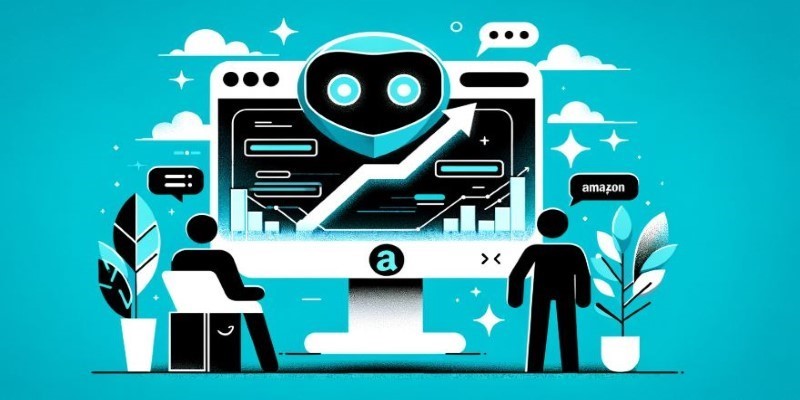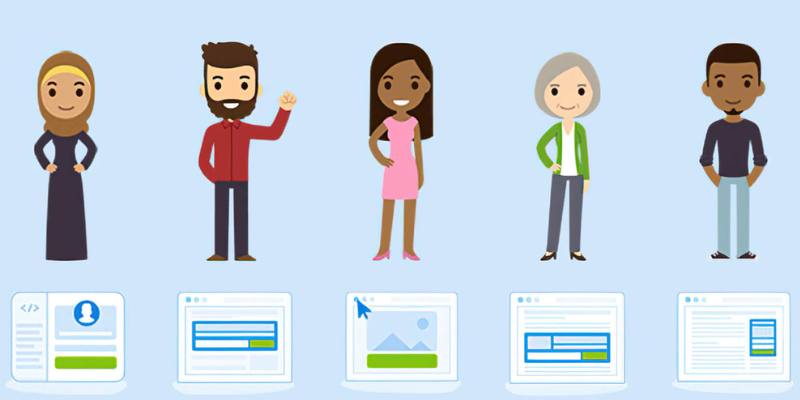In today's fast-paced digital world, it's not enough to just describe what your product does—you need to show people why it matters to them. Features alone don't resonate with your audience; benefits do. The challenge lies in translating technical specifications into real-world value. This is where ChatGPT can make all the difference.
By helping you reframe your features in a way that speaks directly to your customer's needs and desires, ChatGPT allows you to craft compelling messages that connect. It's not about the facts—it's about telling a story your audience can relate to, understand, and act upon.
Why the Shift From Features to Benefits Matters?
People buy products for what they do, not just what they are. Features are logical, while benefits are emotional—they address needs or desires. For example, an app with end-to-end encryption offers security (a feature), but the real benefit is peace of mind—knowing that messages are safe. ChatGPT helps by quickly turning features into benefits, offering a customer-centric perspective.
Instead of doing it manually, ChatGPT identifies patterns, uncovers hidden values, and helps clarify messaging. It's not a replacement for your voice but a tool to enhance it. The best results come when the product description is clear—ChatGPT will help emphasize real advantages but won’t create benefits from thin air. It amplifies what’s already there, turning features into valuable, relatable messaging.
The Step-by-Step Method for Turning Features Into Benefits
The process is simple but not shallow. It involves looking at your product or service from the user's side and mapping how each technical detail connects to an actual human need. ChatGPT helps by offering that second brain—a tool that can reframe ideas quickly without repeating them.

Start by making a list of core features. Let’s say your product is a pair of wireless earbuds. Features might include noise cancellation, 8-hour battery life, touch controls, and fast charging. On paper, they all look good. But they don’t say what they do for the person using them.
Now, prompt ChatGPT like this:
“Convert this list of features into user-facing benefits for wireless earbuds: noise cancellation, 8-hour battery, touch controls, fast charging. Focus on how each feature improves the user’s experience.”
The AI might respond with something like:
“Noise cancellation: Enjoy your music without background distractions, even on a noisy commute.
- 8-hour battery: Listen all day without needing a recharge.
- Touch controls: Change tracks or answer calls without reaching for your phone.
- Fast charging: Get an extra two hours of playtime with just a 10-minute charge.”
What just happened there is the shift from specs to story. ChatGPT gave you reasons to care. It turned abstract tech talk into everyday usefulness.
Now, you can go further. Ask it to rewrite benefits for different audience types—travelers, students, and remote workers. The same feature takes on new value when placed in context, and ChatGPT adapts quickly to those contexts.
You can also ask ChatGPT to compare versions. Prompt it to give you benefits in different tones—casual, technical, emotional, or humorous. It’s a fast way to A/B test your messaging without having to wait for live feedback.
It helps to go beyond the “what” and into the “so what.” A good prompt to use is:
“Take this feature and answer: What is it? Why does it matter? How does it improve someone’s life?”
Try that with any product you’re working on. ChatGPT will give you variations you might not have thought of. You can keep tweaking the output until it sounds more like your brand—or more like your customers.
How ChatGPT Helps Streamline Messaging Across Teams?
If you’re part of a larger team—especially one where product, marketing, and customer support are in different rooms or even time zones—ChatGPT helps unify language. Everyone can work from the same benefits-driven messaging.
You can generate a shared benefits list for the whole product. From there, marketing can write ad copy, product teams can draft FAQs, and support teams can improve help docs. Instead of each department creating separate versions, ChatGPT gives you a consistent source of truth—clear, benefit-driven language that works across platforms.
It’s also useful for product launches. Instead of scrambling to write copy for websites, email campaigns, and social media posts, you can prompt ChatGPT to generate everything based on the benefits you’ve already outlined.
For example, you can feed it a product sheet and ask:
“Write a product description using only benefits, no technical features, in a friendly tone.”
Then switch it up:
“Now write it in a more formal tone for a business proposal.”
Or: “Summarize this in under 20 words for a product card.”
ChatGPT becomes a utility—not a creative replacement but a productivity engine that saves hours of rewriting. This approach benefits speed and clarity. When you work from benefit-driven content, you avoid the trap of jargon-heavy writing that sounds smart but says little.
One underrated aspect is how it helps you test your understanding. If you can't describe the benefit of a feature clearly, maybe it's not clear to your customers either. ChatGPT helps you uncover that gap early.
Why It Works: The Human Brain Prefers Simplicity and Relevance
Translating features into benefits works because our brains are designed to prioritize relevance over facts. We don't process information for its own sake—we seek what's useful. A feature describes what your product has, but a benefit explains why it matters to the user. ChatGPT bridges that gap by transforming technical details into relatable value.

However, it’s important to remember that the product must deliver on its promises. ChatGPT acts as a mirror, clarifying your message and offering different ways to present it without replacing your voice. When used properly, ChatGPT sharpens your communication, helping you deliver clear, concise, and impactful content that resonates with your audience.
Conclusion
Translating features into benefits with ChatGPT helps you connect with your audience more effectively. By focusing on a product's emotional value rather than just its technical details, you create messaging that resonates. ChatGPT doesn't replace your voice; it enhances it by clarifying and rephrasing key points. This makes your product's true value clearer and more compelling, ultimately strengthening customer trust and boosting engagement. It's a powerful tool for clearer, benefit-driven communication.











